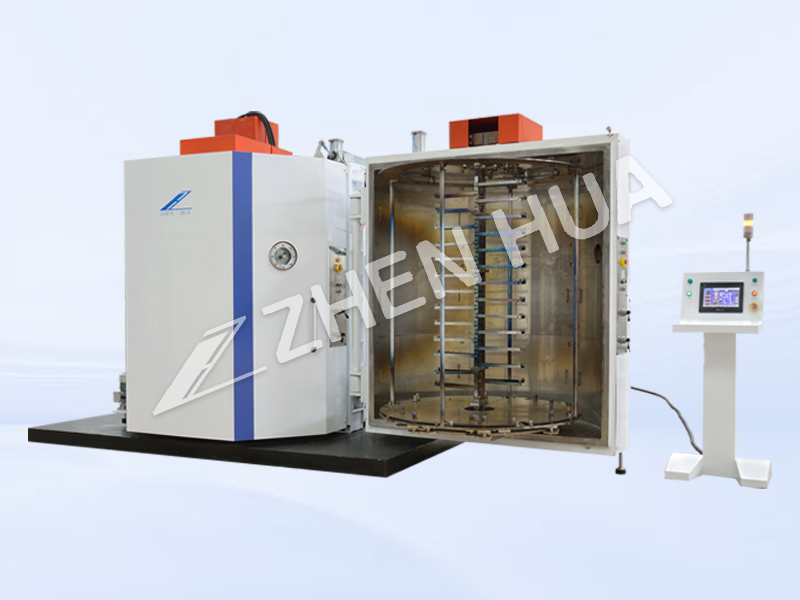OLED has its own light-emitting high brightness, wide viewing angle, fast response, low energy consumption, and can be made flexible display devices, is considered to replace the liquid crystal technology ideal for the next generation of display technology. the core part of the OLED display is each sub-pixel with the ability to light-emitting OLED light-emitting element. the basic structure of the OLED light-emitting element includes the anode, cathode, and sandwiched between the light-emitting functional layer, which the light-emitting layer According to the function of OLED materials in the device and the device structure, can be distinguished as hole injection layer (HIL), hole transport layer (HTL), light-emitting layer (EML) electron transport layer (ETL), electron injection layer (EIL) and other materials.
In OLEDs, the hole injection layer and the hole transport layer are used to improve the injection efficiency of holes, while the electron injection layer and the electron transport layer are used to enhance the injection efficiency of electrons. Some of the light-emitting materials themselves have the function of hole transport or electron transport, usually called the main luminescent; light-emitting material layer in a small amount of doped organic fluorescent or phosphorescent dyes can receive from the main luminescent body of the energy transfer, and by carrier capture and emit a different color of light, the doped light-emitting material is usually also referred to as the guest luminescent or doped light-emitting body.
2. Basic Principles of OLED Device Light Emission
A voltage is applied to the OLED device, and holes and electrons are injected into the OLED layer from the anode and cathode of the device, respectively. The holes and electrons in the organic light-emitting material composite and release energy, and further energy transfer transfer organic light-emitting material molecules, so that they are excited to the excited state, and then the exciton from the excited state back to the ground state, the energy in the form of release, and ultimately realize the electroluminescence of the OLED device.
Generally speaking, the film in OLED includes a conductive electrode film and each layer of organic light-emitting layer material. At present, the anodes of OLED devices that have achieved mass production are usually prepared using magnetic control mitigation technology. Cathodes and organic luminescent layers are usually prepared by vacuum evaporation.
——This article is released by vacuum coating machine Guangdong Zhenhua
Post time: Sep-22-2023

